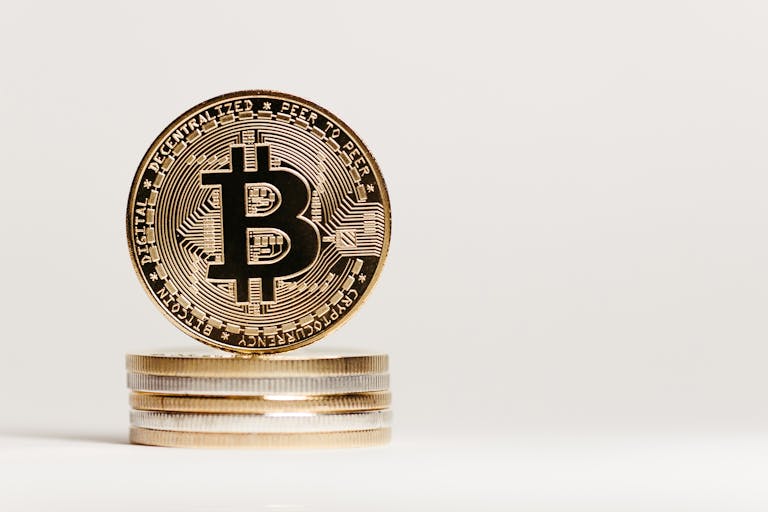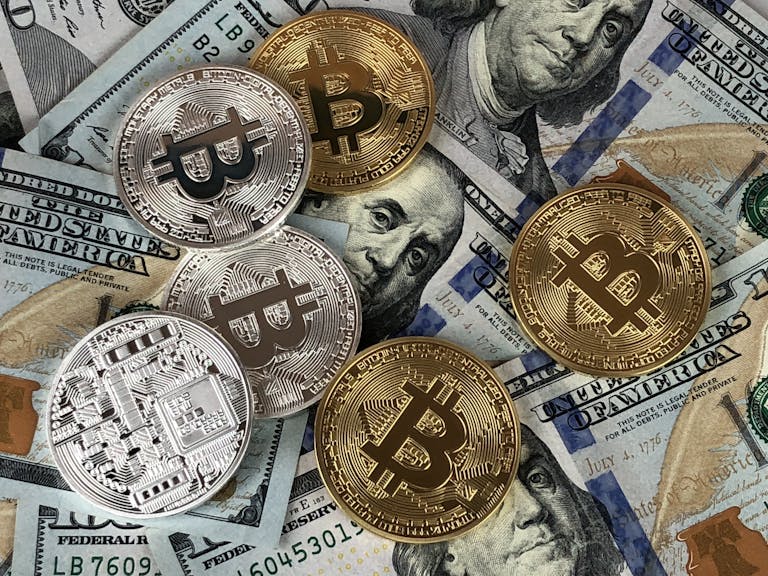Top 10 Cryptocurrencies by Market Cap: A Guide to the Leading Digital Assets
The cryptocurrency market has evolved into one of the most dynamic and rapidly growing sectors of the global financial landscape. As of late 2023, market capitalization (market cap) remains a primary metric for evaluating the scale and influence of digital assets. Market cap is calculated by multiplying the total supply of a cryptocurrency by its current price, offering insight into its relative value compared to other assets. However, it’s essential to note that the rankings can fluctuate significantly due to market volatility, regulatory changes, and technological advancements. Below is a look at the top 10 cryptocurrencies by market cap as of October 2023, along with key details about each.
1. Bitcoin (BTC)
Bitcoin, the first and most well-known cryptocurrency, holds the largest market cap by a significant margin. Launched in 2009 by an anonymous entity known as Satoshi Nakamoto, BTC is often referred to as “digital gold” due to its role as a store of value and hedge against inflation. Its capped supply of 21 million coins adds to its scarcity. Bitcoin’s blockchain underpins the entire crypto ecosystem, and its price is closely watched as a bellwether for market trends.
Market Cap: ~$1.4 trillion
Key Features: Decentralized, limited supply, foundational to blockchain technology.
2. Ethereum (ETH)
Ethereum, created in 2015 by Vitalik Buterin, is the second-largest cryptocurrency and a cornerstone of the decentralized application (dApp) and smart contract space. It enables developers to build and deploy apps on its blockchain, fueling growth in decentralized finance (DeFi), non-fungible tokens (NFTs), and Web3 projects. Ethereum’s transition to Ethereum 2.0 has improved scalability and energy efficiency, solidifying its position as a key player.
Market Cap: ~$250 billion
Key Features: Smart contract functionality, DeFi, NFTs, and dApp ecosystem.
3. Binance Coin (BNB)
Binance Coin, the native token of the Binance exchange, ranks third by market cap. Initially launched as a utility token for discounted trading fees, BNB has expanded into a broader ecosystem encompassing staking, governance, and use in Binance’s decentralized finance (DeFi) and NFT platforms. Its strong ties to one of the world’s largest crypto exchanges give it consistent demand.
Market Cap: ~$70 billion
Key Features: Exchange utility, staking incentives, DeFi and NFT integration.
4. Tether (USDT)
Tether is the most widely used stablecoin, pegged 1:1 to the U.S. dollar. It allows users to hold a digital asset with minimal price volatility, facilitating smoother transactions and serving as a bridge between fiat and crypto. USDT’s high liquidity and adoption in exchanges and remittances make it a critical component of the crypto market.
Market Cap: ~$90 billion
Key Features: USD-pegged stablecoin, high liquidity, global use in trading.
5. USD Coin (USDC)
USD Coin (USDC) is another major stablecoin, backed by U.S. dollars and issued by CENTRE, a consortium of Circle and Coinbase. Unlike Tether, USDC is known for greater transparency and regulatory compliance. It’s widely used for cross-border payments and in DeFi platforms, offering users a stable alternative to volatile cryptocurrencies.
Market Cap: ~$40 billion
Key Features: Regulated stablecoin, 1:1 USD peg, growing in DeFi and institutional adoption.
6. Solana (SOL)
Solana is a high-performance blockchain designed for speed and scalability, supporting decentralized apps and NFTs. Its unique architecture, including proof-of-history and proof-of-stake consensus, allows it to process thousands of transactions per second at low costs. Solana’s ecosystem has attracted significant investment and developer activity, though it has faced occasional network outages and regulatory scrutiny.
Market Cap: ~$20 billion
Key Features: Fast transaction speeds, low fees, popular for dApps and NFTs.
7. XRP (XRP)
XRP, developed by Ripple, is designed for fast and low-cost cross-border payments. It has faced legal challenges from the SEC, which sued Ripple for unregistered securities offerings, but XRP remains a top-10 coin due to its utility in financial institutions. Its market cap reflects its role as a bridge currency for international transactions.
Market Cap: ~$15 billion
Key Features: Cross-border payment solution, partnerships with banks, legal challenges.
8. Cardano (ADA)
Cardano is a proof-of-stake blockchain focused on sustainability, scalability, and interoperability. Developed by Charles Hoskinson, a co-founder of Ethereum, ADA’s ecosystem emphasizes academic research and a layered architecture for secure, flexible applications. It has gained popularity for its energy-efficient design and focus on real-world use cases.
Market Cap: ~$10 billion
Key Features: Peer-reviewed research, sustainability, smart contracts, and governance.
9. Dogecoin (DOGE)
Dogecoin started as a meme cryptocurrency but has since grown into a community-driven project. Backed by figures like Elon Musk, DOGE’s low entry barrier and viral appeal have made it a favorite among retail investors. While initially a joke, it has found utility in tipping, donations, and even space-related initiatives (e.g., SpaceX’s funding via a Dogecoin donation campaign).
Market Cap: ~$6 billion
Key Features: Meme coin origin, community-driven, used for tipping and microtransactions.
10. Polkadot (DOT)
Polkadot is a multi-chain platform that enables different blockchains to interoperate. Its unique “parachain” architecture allows for custom blockchains to connect to the mainnet, fostering a decentralized and scalable ecosystem. DOT holders can participate in governance and staking, making it a core asset for developers and users focused on cross-chain innovation.
Market Cap: ~$5 billion
Key Features: Interoperability, parachains, governance and staking capabilities.
Why Market Cap Matters
Market capitalization provides a snapshot of a cryptocurrency’s total value, helping investors gauge its significance. However, it’s not the sole determinant of a coin’s potential. Other factors, such as technological innovation, real-world adoption, and community support, are equally critical. For instance, while stablecoins like Tether and USD Coin have massive market caps, they are not volatile assets, and their value is tied to traditional currencies.
The Dynamic Nature of the Crypto Market
The crypto landscape is highly volatile, with rankings shifting frequently. New projects with innovative use cases can rapidly climb the charts, while established ones may lose ground due to competition or regulatory challenges. For example, while Bitcoin and Ethereum have remained at the top for years, altcoins like Solana and Cardano have surged due to their technical advancements.
Considerations for Investors
Before investing in any cryptocurrency, it’s essential to conduct thorough research. Market cap should be evaluated alongside other metrics, such as trading volume, development activity, and market sentiment. Additionally, the regulatory environment and security of the project are vital factors. The crypto market carries inherent risks, including price swings and security vulnerabilities, so diversification and caution are advised.
Conclusion
The top 10 cryptocurrencies by market cap represent a mix of foundational assets, utility tokens, and innovative platforms. Bitcoin and Ethereum continue to dominate as the pioneers, while Binance Coin, Tether, and USD Coin highlight the growing integration of crypto with traditional finance. Meanwhile, Solana, XRP, Dogecoin, and Polkadot showcase the diversity of the ecosystem, from high-speed blockchains to meme-driven communities. As the market evolves, staying informed about developments and risks is crucial for both new and experienced investors. Always remember, the crypto space is experimental, and the future may bring unexpected shifts.







